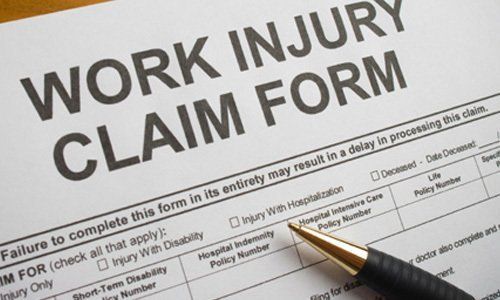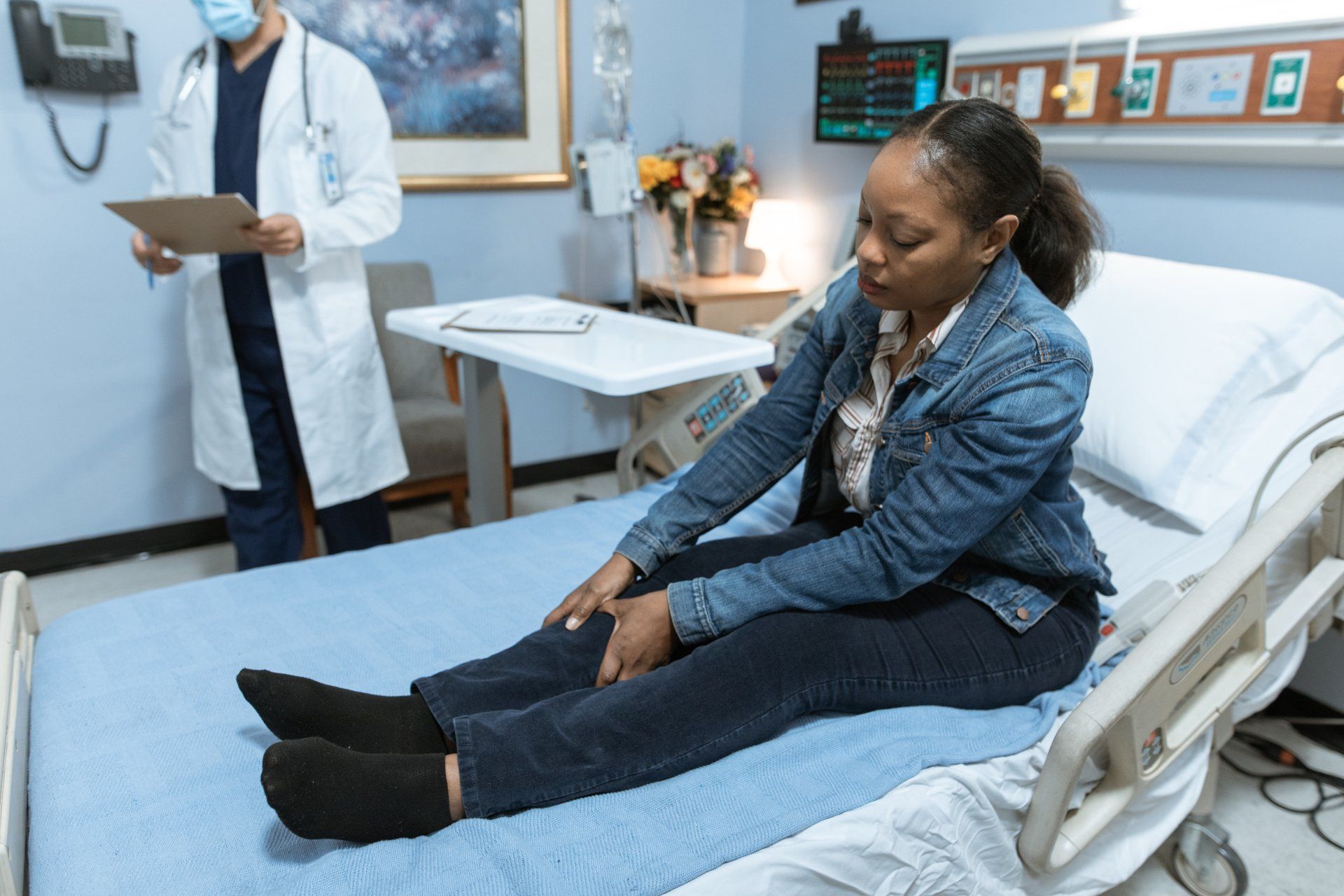Companies Reduce Injuries Hiring Physically Abled Persons

Physical Capacity Tests Ensure Your New Hire is Fit for the Job
Any corporation requiring employees to physically exert themselves as part of their job responsibilities knows that protecting both employees and the company is critical. Physical capabilities of employees and on-the-job safety are ever present concerns when you consider the incidence of work related injuries. According to U.S. Bureau of Labor Statistics [1] , the incidence of work-related muscular-skeletal injury per 10,000 employees in 2012 was,
| Nature of injury | Number |
Incidence / 10,000
|
Median Days away from work |
| Fractures | 84,700 |
8.2 |
30 |
| Sprains, strains, tears | 443,560 |
43.2 | 10 |
| Amputations | 5,280 |
0.5 | 26 |
| Punctures (except gunshot) | 16,770 |
1.6 | 3 |
| Bruises, contusions | 97,540 |
9.5 | 5 |
| Multiple traumatic injuries | 38,190 |
3.7 | 10 |
| With sprains | 16,820 |
1.6 | 9 |
| With fractures | 7,510 |
0.7 | 31 |
| Soreness, pain | 171,930 |
16.7 | 9 |
| Carpal tunnel syndrome | 8,610 |
0.8 | 30 |
| Tendonitis (other or unspecified) | 3,020 |
0.3 | 15 |
| All other natures | 182,940 |
17.8 | 8 |
Table 1 – U.S. Bureau of Labor Statistics 2012 Injury Incidence Rates
Statistics like these have led businesses and associations to pre-screen potential employees to ensure physical capability before they undertake a physical job. Since World War II, such screening has typically taken the form of pre-employment testing wherein a candidate must successfully perform a go / no-go strength test intended to represent the demands of the job. More recently, however, post-offer Physical Capacity Profile® testing has been developed to more thoroughly assess potential workers and better align job candidates with job requirements - and companies are seeing tangible benefits from hiring physically able persons.
The Physical Capacity Profile® (PCP) test method breaks from the traditional binary strength testing by starting with a medical history. Because the protocol includes evaluations that are considered “medical” by law, it is performed by medical personnel and only after a job offer has been made. The latter characteristic prevents any hiring bias based on medical data.
Then, PCP testing focuses on establishing the physical capacity of an individual through testing of limb strength, lifting strength, range of motion and other anthropometric measures. The profile can then be correlated to Department of Labor strength categories, expanding its applicability not only to a specific job, but to any job in the appropriate category.
Level 1 | Sedentary Work - Exerting up to 10 pounds of force occasionally, and/or a negligible amount of force frequently. Involves sitting most of the time, but may involve walking or standing.
Level 2 | Light Work
- Exerting up to 20 pounds of force occasionally, and/or up to 10 pounds of force frequently. Required walking or standing to a significant degree; or requires sitting most of the time but entails pushing and/or pulling of arm or leg controls.
Level 3 | Medium Work
- Exerting 20 to 50 pounds of force occasionally, and/or 10 to 25 pounds of force frequently, and/or greater than negligible up to 10 pounds of force constantly.
Level 4 | Heavy Work
- Exerting 50 to 100 pounds of force occasionally, and/or 25 to 50 pounds of force frequently, and/or 10 to 20 pounds of force constantly.
Level 5 | Very Heavy Work
- Exerting in excess of 100 pounds of force occasionally, and/or in excess of 50 pounds of force frequently, and/or in excess of 20 pounds of force constantly.
Table 2 – U.S. Dept. of Labor Strength Categories
Studies have shown that utilization of PCP testing to match workers to the appropriate physical job demands drastically reduces the rate of work-related injuries and in turn positively impacts company’s bottom lines. Typical savings realized after PCP test implementation include fewer missed work days from work-related injury, lower claims costs for workers compensation payouts, decrease in experience rate modifications for insurance premiums, plus lower legal expenses and higher defense success rates in workers compensation cases.
In one study [1] , the savings were catalogued for a metropolitan public school district comparing relevant costs before and after Physical Capacity Profile® testing was integrated into the employee hiring process. The untested [2] control group numbered 497 employees while the tested and hired group was comprised of 248 employees (candidates who failed the testing were not hired). The study results showed that the number of injuries was 0 for the tested group versus 19 for the untested group. This reduction in injuries yielded a workers compensation cost reduction of approximately $402,000 over 3 years following PCP adoption. The associated testing costs were $28,600 resulting in a net 3 year savings of over $373,000 for the district. That’s $14 in savings for every $1 spent.
A similar published study looks at PCP testing in the food production industry [3]. In this study, 2473 employees at a food production facility underwent PCP testing. Over a period of 3 years, the work-related injury rates were catalogued and separated into two groups: those for people whose PCP results demonstrated a match to the physical requirement of their job and those whose PCP test results indicated they were not physically matched (did not have adequate physical capacity) to their job requirements. The study data shows the percentage of workers in the unmatched group suffering lumbar spine and shoulder injuries was 10x that of the matched group.
Phase 2 of the same study assessed the financial impact of matching 100% of the employee hires to physical job requirements using PCP testing at an electrical equipment manufacturer. Briefly summarizing the results, sprain and strain related costs dropped from $70,000/yr. to $10,000/yr. while workers compensation premium costs dropped $76,000/yr. over the 5 years after PCP test adoption. Moreover, lost work days in the 3 years following PCP adoption fell from 700 days to 7 days, a staggering 99% reduction. All related factors considered, the combined cost savings for the company was approximately $690 per employee tested.
It is clear that hiring physically able persons provides companies with a financially meaningful way to control insurance and injury related costs producing direct bottom-line improvements, and Physical Capacity Profile® testing is a proven protocol for ensuring proper assessment of a person’s capacity to safely perform physically demanding job functions.
For more information about the studies referenced in this article or to learn more about how your organization can take advantage of Physical Capacity Profile® testing or become a testing center, please contact Occupational Performance Corp. at 785-825-4444 or https://www.pcpworks.com.
[2] Harbin G, et al., Shoulder injury reduction with post-offer testing , Work, 2011, 39(2):113-123
[3] In this context, “untested” refers only to the PCP testing. Other testing such as drug screening was still performed.
[4] Harbin G, Olson J, Post-Offer, Pre-Placement Testing in Industry , American Journal of Industrial Medicine, 2005, 47(4):303










